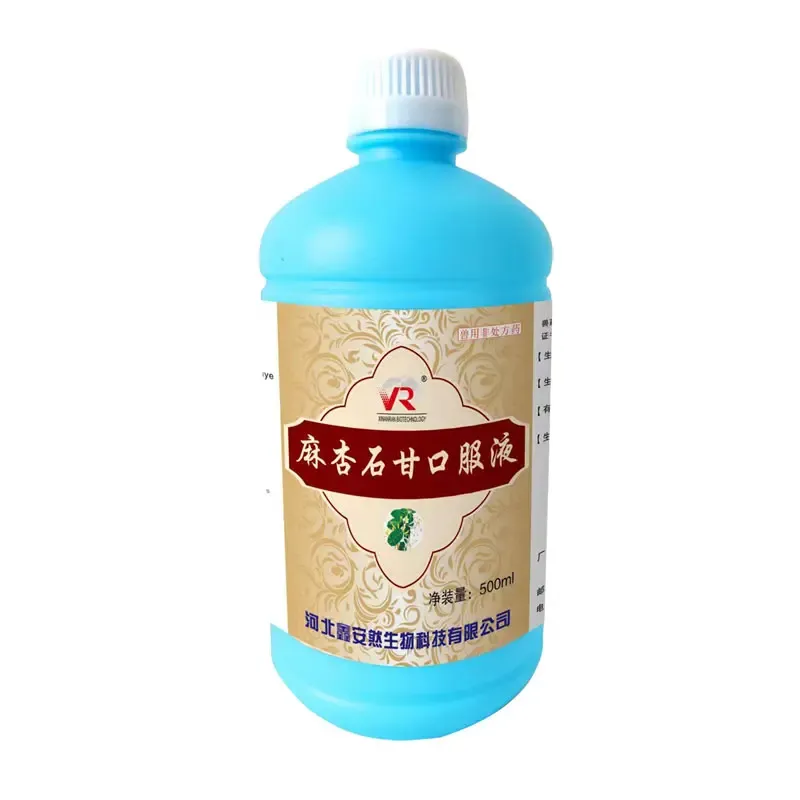- Afrikaans
- Albanian
- Amharic
- Arabic
- Armenian
- Azerbaijani
- Basque
- Belarusian
- Bengali
- Bosnian
- Bulgarian
- Catalan
- Cebuano
- Corsican
- Croatian
- Czech
- Danish
- Dutch
- English
- Esperanto
- Estonian
- Finnish
- French
- Frisian
- Galician
- Georgian
- German
- Greek
- Gujarati
- Haitian Creole
- hausa
- hawaiian
- Hebrew
- Hindi
- Miao
- Hungarian
- Icelandic
- igbo
- Indonesian
- irish
- Italian
- Japanese
- Javanese
- Kannada
- kazakh
- Khmer
- Rwandese
- Korean
- Kurdish
- Kyrgyz
- Lao
- Latin
- Latvian
- Lithuanian
- Luxembourgish
- Macedonian
- Malgashi
- Malay
- Malayalam
- Maltese
- Maori
- Marathi
- Mongolian
- Myanmar
- Nepali
- Norwegian
- Norwegian
- Occitan
- Pashto
- Persian
- Polish
- Portuguese
- Punjabi
- Romanian
- Russian
- Samoan
- Scottish Gaelic
- Serbian
- Sesotho
- Shona
- Sindhi
- Sinhala
- Slovak
- Slovenian
- Somali
- Spanish
- Sundanese
- Swahili
- Swedish
- Tagalog
- Tajik
- Tamil
- Tatar
- Telugu
- Thai
- Turkish
- Turkmen
- Ukrainian
- Urdu
- Uighur
- Uzbek
- Vietnamese
- Welsh
- Bantu
- Yiddish
- Yoruba
- Zulu
Dec . 06, 2024 06:57 Back to list
Cold Sterilization Techniques in Veterinary Medicine for Effective Infection Control
Cold Sterilization in Veterinary Medicine A Comprehensive Overview
Cold sterilization, also known as chemical sterilization, is an essential procedure in veterinary medicine that helps ensure the safety and efficacy of surgical instruments, equipment, and environments used in animal healthcare. Unlike traditional methods that apply high heat or radiation, cold sterilization employs chemical agents to eliminate or inactivate all forms of microbial life, including bacteria, viruses, fungi, and spores. This technique is particularly useful in situations where heat can damage sensitive instruments or materials.
The fundamental aspect of cold sterilization lies in the choice of chemical agents. Commonly used sterilants include glutaraldehyde, ortho-phthalaldehyde, and hydrogen peroxide in various forms. Each of these agents has its specific applications, effectiveness, and safety profiles. For instance, glutaraldehyde is widely used for sterilizing endoscopes and surgical instruments as it is effective against a broad spectrum of microorganisms. However, precautions must be taken to protect personnel from exposure due to its toxicity and potential to cause sensitization.
Cold Sterilization in Veterinary Medicine A Comprehensive Overview
Cold sterilization also plays a vital role in the surgeries performed in veterinary practices. For example, when preparing for procedures such as spaying or neutering, veterinarians must ensure that all instruments and surfaces are adequately sterilized to minimize the risk of surgical site infections. This is especially important considering that animals can have varying immune responses, and even minimal contamination can lead to complications.
cold sterilization veterinary

In addition to traditional veterinary practices, cold sterilization is becoming increasingly relevant in wildlife and exotic animal care. Many of these species require specialized equipment and handling procedures to minimize stress and injury. Cold sterilization enables veterinarians to ensure that their tools and environments are sanitized without exposing the animals to additional risks associated with heat exposure.
However, it is crucial to recognize the limitations and potential downsides of cold sterilization methods. While they are effective in killing a broad range of pathogens, they may require longer exposure times compared to heat methods. Additionally, the presence of organic material, such as blood or tissue, can inhibit the effectiveness of chemical agents, necessitating thorough cleaning before sterilization. Therefore, proper training and adherence to protocols are critical for veterinary professionals utilizing cold sterilization techniques.
As veterinary medicine continues to advance, the importance of cold sterilization will only grow. Ongoing research into new sterilants and methods will enhance the effectiveness, safety, and environmental impact of sterilization procedures. By adopting best practices in cold sterilization, veterinary professionals can reduce the risk of infection, improve patient outcomes, and maintain high standards of care in their practice.
In conclusion, cold sterilization is an essential procedure in veterinary medicine, ensuring the safety and efficacy of surgical instruments and environments. Its advantages, particularly for sensitive materials and in high-risk situations, highlight its importance in modern veterinary practice. As professionals remain committed to ongoing education and research, cold sterilization will continue to play a crucial role in promoting animal health and welfare.
-
Guide to Oxytetracycline Injection
NewsMar.27,2025
-
Guide to Colistin Sulphate
NewsMar.27,2025
-
Gentamicin Sulfate: Uses, Price, And Key Information
NewsMar.27,2025
-
Enrofloxacin Injection: Uses, Price, And Supplier Information
NewsMar.27,2025
-
Dexamethasone Sodium Phosphate Injection: Uses, Price, And Key Information
NewsMar.27,2025
-
Albendazole Tablet: Uses, Dosage, Cost, And Key Information
NewsMar.27,2025













